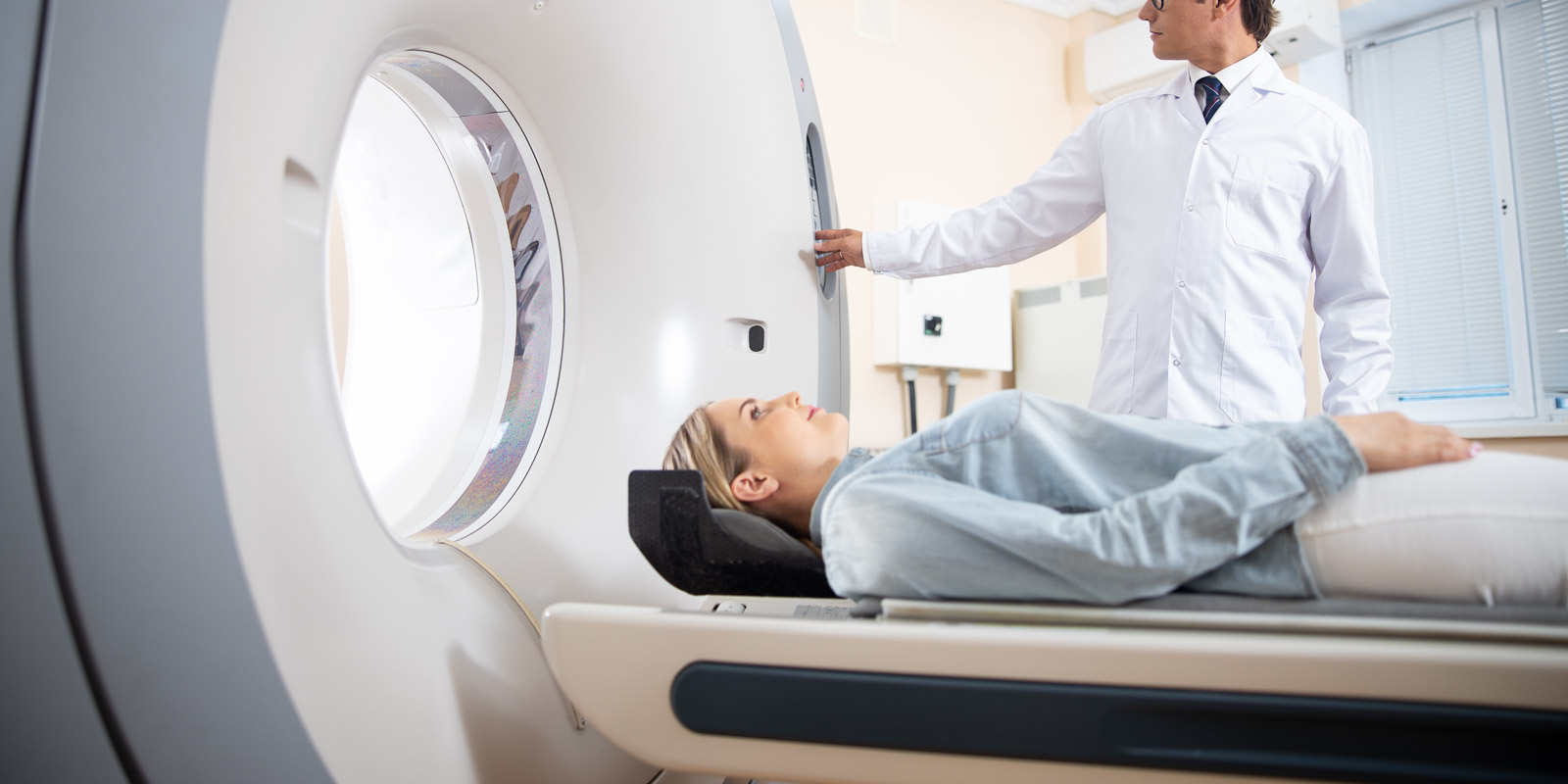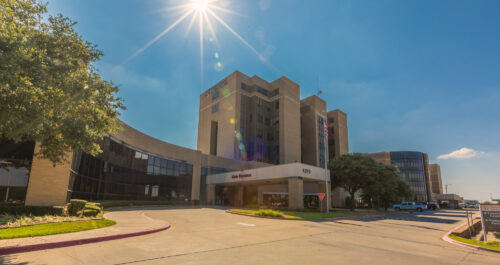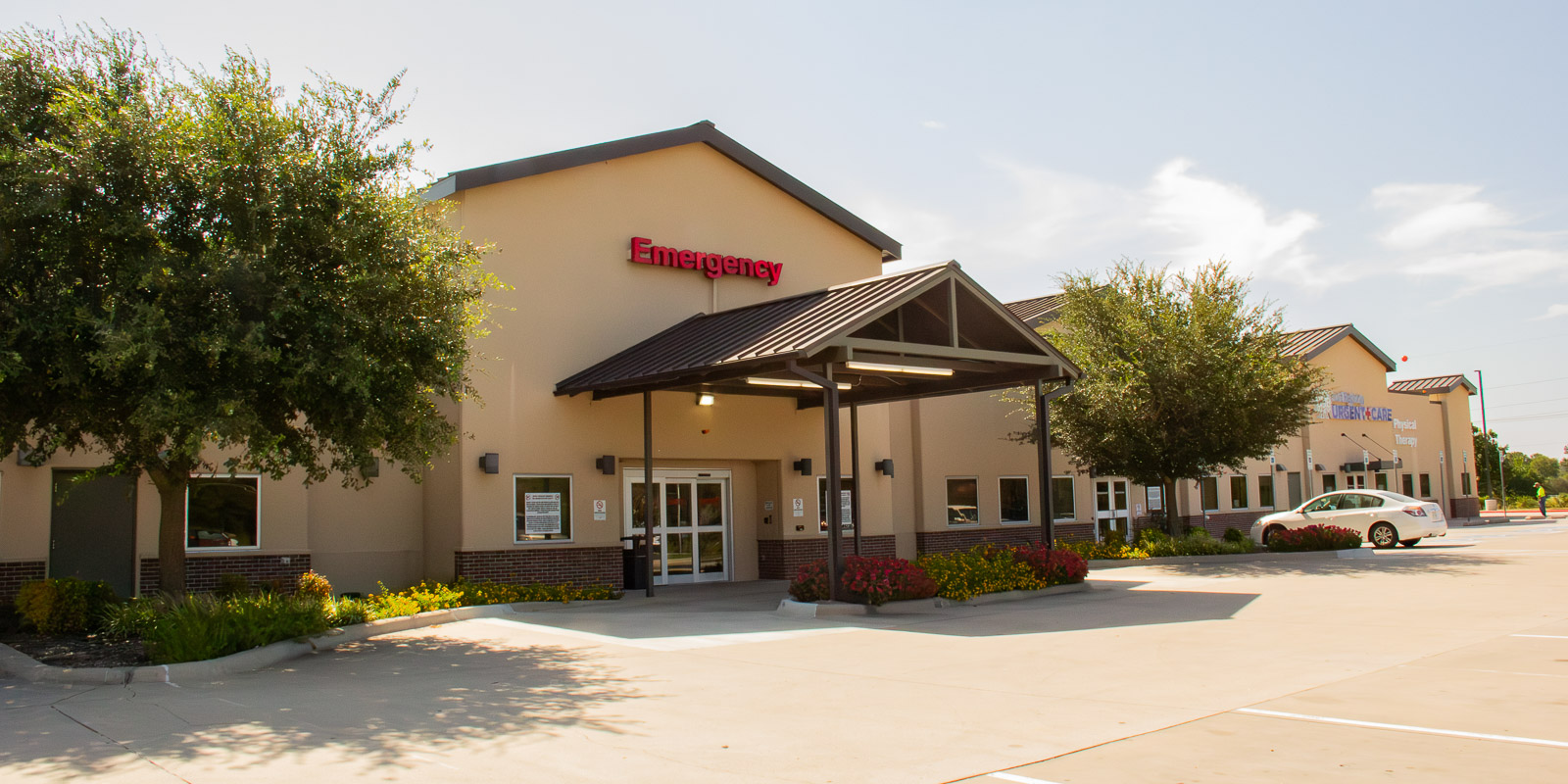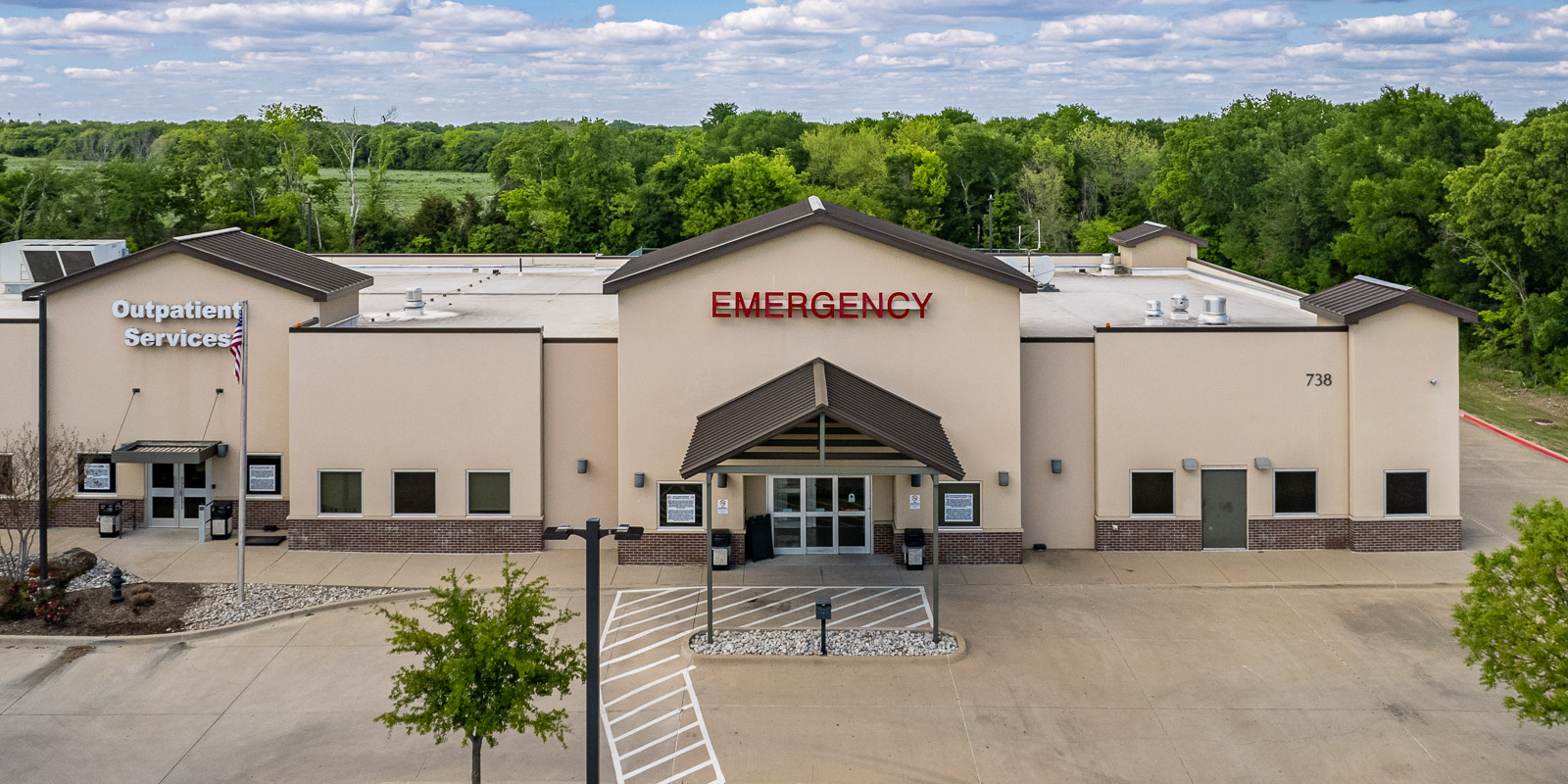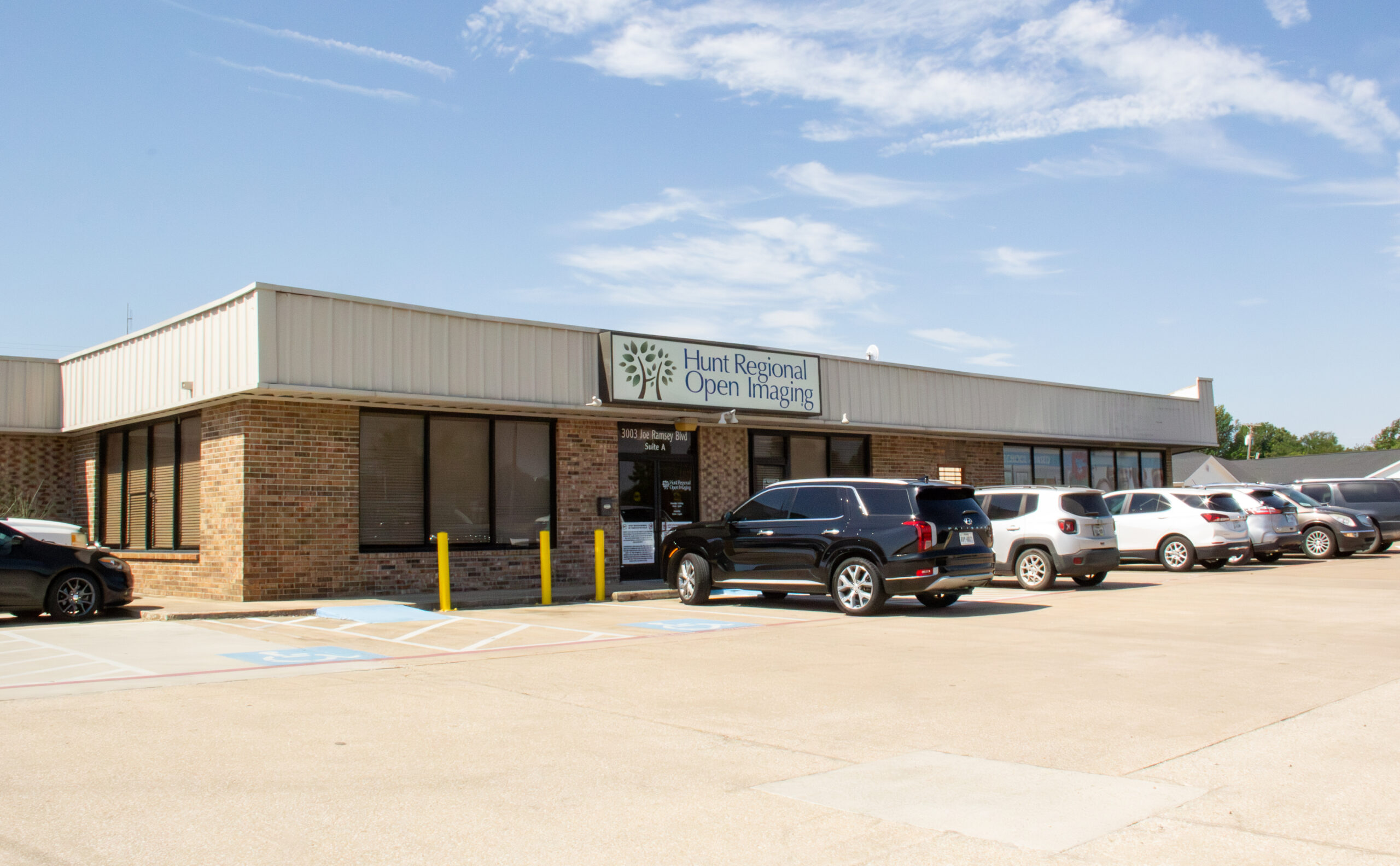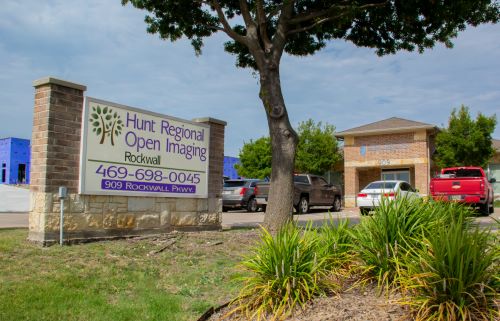About
A CT scan is a painless, non-invasive exam that gives your doctor a clear view of organs and other internal body structures that can't be seen clearly on conventional X-rays. It uses a sophisticated X-ray system coupled with a high-speed computer to produce detailed pictures of tissues and bone.
While a CT scan can help evaluate most parts of the body and aid in the diagnosis of many conditions, a few common uses of this procedure include:
- Calcium scoring
- Examination of the chest, abdomen and pelvis
- Diagnosis of spinal injuries
- Diagnosis of cardiovascular diseases
- Detection of different types of cancer
- Examination of trauma patients
A cardiac CT scan for coronary calcium is a non-invasive way of identifying the location and extent of calcified plaque in the coronary arteries. Because calcium is a marker of coronary artery disease (CAD), the amount of calcium detected on a cardiac CT scan is a convenient way of evaluating whether you may be at increased risk for heart attack.
Coronary Disease Risk Factors
- High blood cholesterol levels
- Family history of heart attacks
- Diabetes
- High blood pressure
- Cigarette smoking
- Overweight or obese
- Physical inactivity
The goal of cardiac CT scanning for calcium scoring is to determine if CAD is present and to what extent. The exam takes little time, causes no pain, and does not require an injection of contrast material. No radiation remains in a patient’s body after a CT examination.
Talk to your doctor about the benefit of knowing your calcium score and whether you may be at increased risk for heart attack. Hunt Regional Medical Center offers a pre-paid cash price for cardiac CT exams for calcium scoring.
Each year, more people die of lung cancer than of colon, breast, and prostate cancers combined, and nearly half of all cases are in the most advanced stage at diagnosis. Hunt Regional’s ACR-designated Lung Cancer Screening Centers offer a fast and easy lung cancer screening that can detect cancer before it becomes symptomatic. Studies show that screening with low-dose CT can reduce the risk of dying from lung cancer by 20%.
Screening is recommended for individuals 55+ with a history of heavy smoking. Most insurance carriers entirely cover the cost of screening. Ask your doctor for a referral today, and breathe easier.
Preparing for a CT Scan
If you have been scheduled for a CT scan, your doctor will explain the restrictions on food and drink necessary to prepare for the exam. In addition, you can also view instructions based on the type of scan you will be receiving:
- You may have a light meal 4 hours before your appointment, then nothing by mouth.
- Take medications as usual, except for blood thinners. Blood thinning medications should be stopped five days before any biopsy procedure.
- For abdomen CT, please pick up liquid oral contrast before your appointment day or come ONE hour before your appointment time to take the contrast material.
- The patient must not be allergic to shellfish or iodine if IV contrast is used.
- Please pick up liquid oral contrast material a day or so before your appointment or come to the department TWO hours before your appointment to take it.
- You may have a light meal 4 hours before your appointment, then nothing by mouth.
- Take medications as usual.
- The patient must not be allergic to shellfish or iodine if IV contrast is used.
- This exam takes about a half-hour.
Be sure to let your doctor know if you are allergic to iodine, are taking glucophage medication for diabetes, have had a recent exam using barium, or if you are (or could be) pregnant
What to Expect During a CT Scan
During a CT scan, you will lie on a movable table that moves your body through a large donut-shaped ring. As you pass through the ring, the scanner takes a complete 360-degree picture of you and sends it to a computer. The table moves a small distance (less than ½ inch), and another picture is taken and sent to the computer. This process is repeated until the computer has enough information to reconstruct a complete image of your internal anatomy.
During the exam, you will hear the sound of the motors and gears. It is important that you lie still because any movement can blur the images. The scan could take 15 minutes to an hour, depending on the part of your body being scanned. After the scan, you will be able to return to your normal activities.
You may be given CT barium (drinkable) or an intravenous (IV) contrast agent for the scan. These contrast materials appear as pure white on the X-ray, making the organs more visible.
After the exam has been completed, a radiologist will read your CT scan and report the results to your physician. Your doctor will then explain the results and recommend follow-up treatment if needed.
Locations
Hunt Regional Medical Center Greenville
4215 Joe Ramsey Blvd, Greenville, TX 75401 | 903.408.5000
Hunt Regional Emergency Medical Center at Commerce
2800 TX-24 Suite A, Commerce, TX 75428 | 903.886.3161
Hunt Regional Emergency Medical Center at Quinlan
738 E. Quinlan Pkwy., Quinlan, TX 75474 | 903.408.4800
Hunt Regional Open Imaging – Greenville
3003 Joe Ramsey Blvd, Greenville, TX 75401 | 903.455.3330
Hunt Regional Open Imaging – Rockwall
909 Rockwall Parkway, Rockwall, TX 75032 | 469.698.0045
